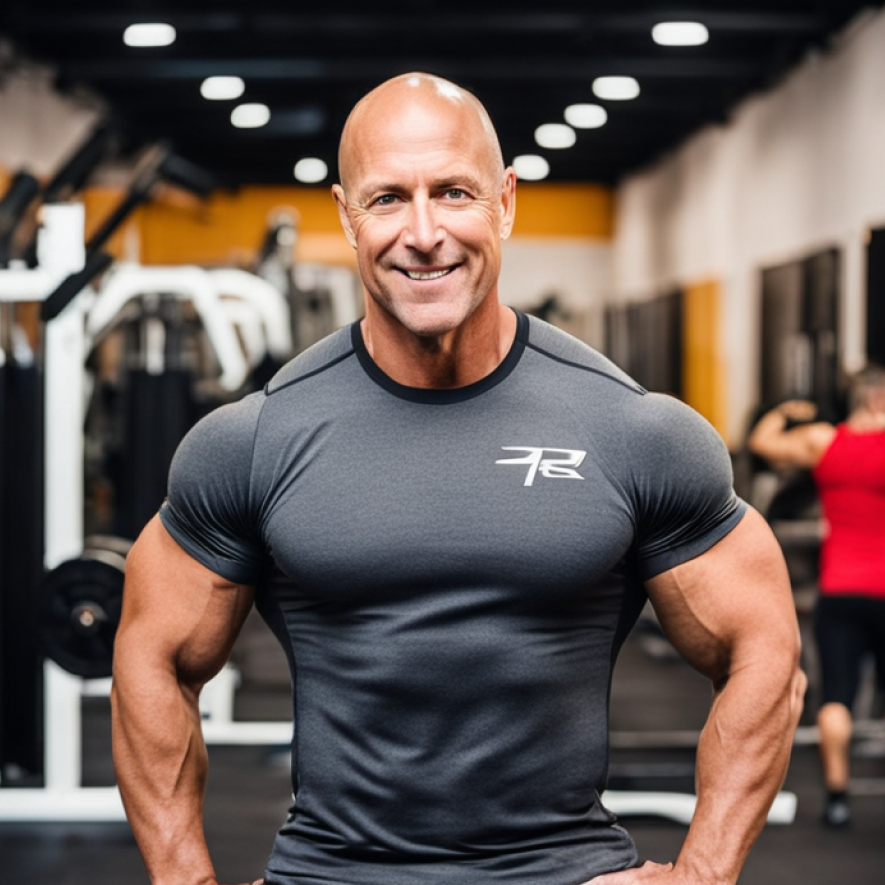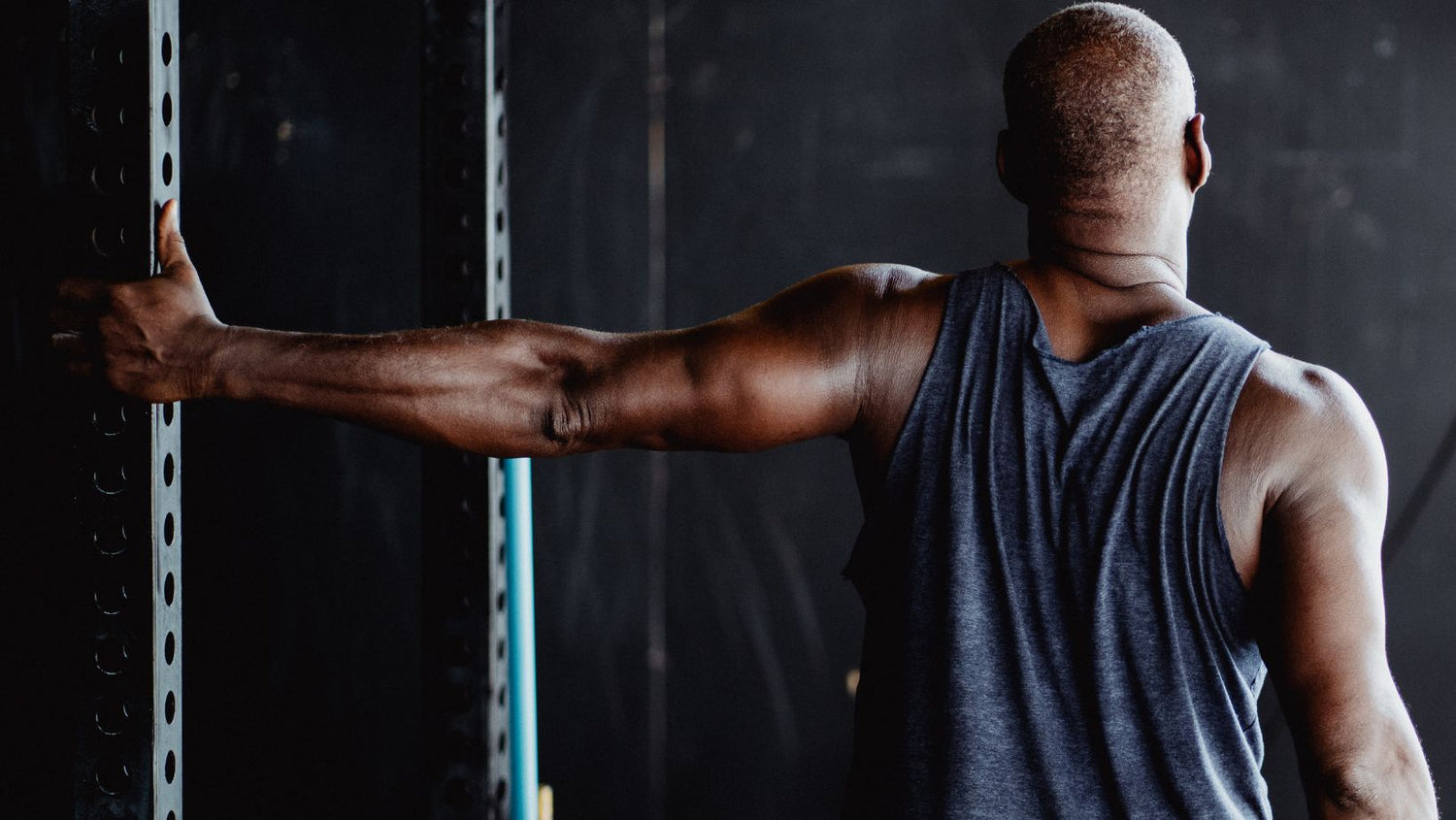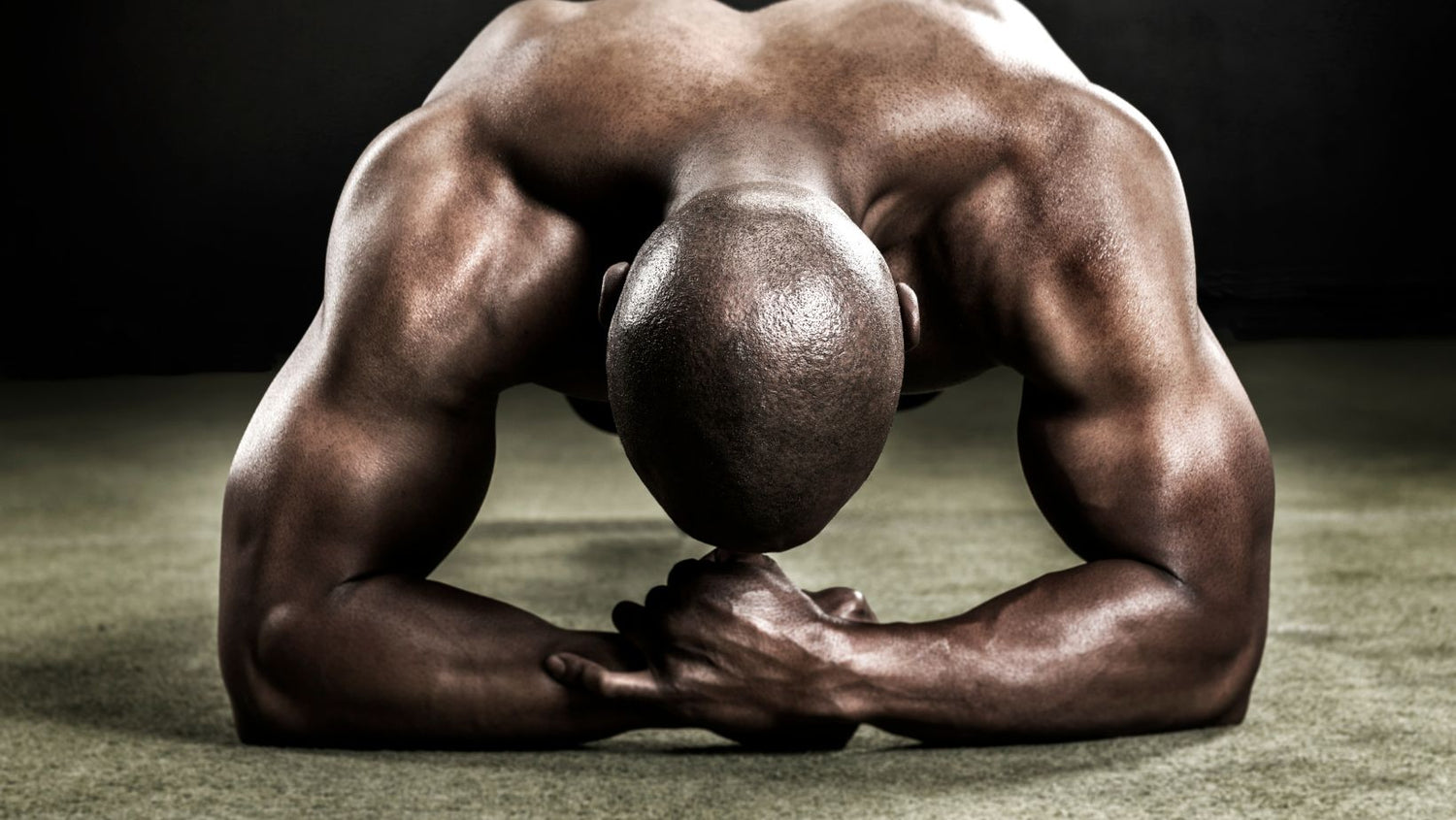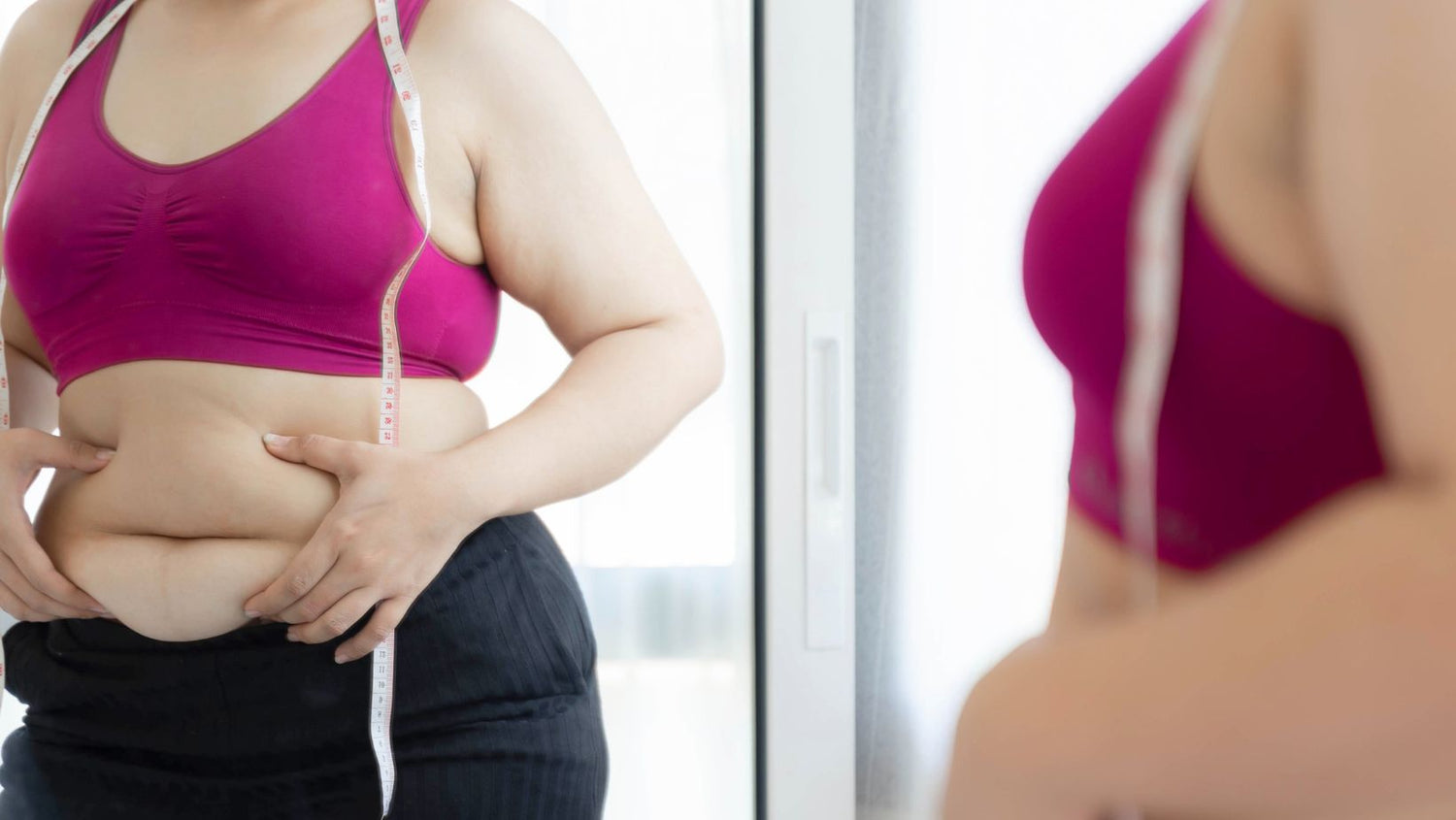Are you intrigued by the idea of having a physique that elicits awe from others when they catch a glimpse of you bare chested? Do you aspire to attain a pleasing and appealing body that attracts attention?
If your response is affirmative then this article is tailor made for you. Within its contents I will provide guidance on how to embark on a focused training regimen, which harmoniously blends the realms of artistry and scientific principles to sculpt a physique that is both visually gratifying and captivating to those in your vicinity.
But before we dive into the details, let’s first define what aesthetics means in fitness.
What is Aesthetics in Fitness?
Aesthetics as a branch of philosophy delves into the exploration of beauty and its appreciation. Within the realm of fitness aesthetics pertains to how one presents oneself particularly in terms of muscularity, symmetry, proportion and leanness.
However aesthetics encompasses more than having well developed muscles and a lean physique. It also involves achieving a rounded and balanced appearance that highlights one's positive attributes while minimizing any perceived imperfections. The goal is to attain a looking healthy physique that exudes athleticism.
It's important to note that aesthetics is subjective; different individuals may have varying preferences and opinions regarding what constitutes a pleasing physique. Nevertheless there exist overarching principles and guidelines that most people tend to agree upon when discussing aesthetics.
One of these principles is the Grecian Ideal.
The Grecian Ideal

The Grecian Ideal is a concept that originated from ancient Greece, where sculptors and artists tried to create the perfect human form based on mathematical proportions and ratios. The Grecian Ideal is considered the standard of beauty and perfection in Western culture.
According to the Grecian Ideal the perfect male body should have a shoulder to waist ratio of 1.618 which is also known as the ratio. This means that your shoulders should be 1.618 times wider than your waist. For instance if your waist measures 30 inches your shoulders would ideally be around 48.54 inches.
The Grecian Ideal recommends a chest-to-waist ratio of 1.4, an arm-to-waist ratio of 0.51, a thigh-to-knee ratio of 1.75, and a calf
These ratios are not set in stone but can help you get a good-looking body. It's useless to measure yourself or stress over numbers daily. The goal is a V-shaped body with shoulders, a narrow waist, and well-developed chest, arms, and legs.
How to Train for Aesthetics
Now that you know what aesthetics is and what the Grecian Ideal is, let’s talk about how to train for aesthetics.
When it comes to achieving an appearance, training for aesthetics diverges from training for strength or performance. While strength and performance primarily rely on one's ability to lift weights or run fast, aesthetics are more about the visual appeal and harmonious composition of muscles.
As a result pursuing an aesthetic physique demands an approach and mindset compared to other fitness goals. To help you navigate this path here are some considerations when training for aesthetics;
Lift Heavy
Weightlifting is necessary to build muscular mass and density. muscular mass is the amount of muscular tissue in your body, whereas muscle density is its firmness and compactness.
Weightlifting increases muscular mass and density by strengthening and growing muscle fibers. Lifting weights boosts testosterone, which boosts muscular building and fat reduction.
Compound motions are essential for weightlifting. Joints and many muscle groups are involved in compound motions. Compound activities include squats, deadlifts, bench presses, rows, pull-ups, dips, and more.
Compound motions allow you to lift more weight than isolation exercises. This weight increase causes mechanical tension and metabolic stress on your muscles, which boost muscle growth.
To maximize your muscle growth from lifting heavy weights, you need to use progressive overload. Progressive overload means increasing the difficulty of your workouts over time by adding more weight, reps, sets, or reducing rest time between sets.
Progressive overload ensures that your muscles are constantly challenged and forced to adapt to new stimuli. Without progressive overload, your muscles will stop growing and plateau.
Try 8-12 reps each set with a weight that lets you hit muscle failure (the point where you can't execute another rep with good technique) on the last set of each exercise. Increase weight if you can accomplish more than 12 repetitions on the last set. If you can't accomplish 8 reps on the last set, lower the weight.
Focus on Muscle Contraction
Simply lifting weights is not sufficient for achieving aesthetic goals. It's equally important to emphasize muscle contraction, which involves squeezing and engaging your muscles during each repetition.
Prioritizing muscle contraction helps establish a mind muscle connection allowing you to better perceive and control your muscles during exercises. This connection enables you to effectively isolate and target muscle groups resulting in improved muscle definition and shape.
In addition focusing on muscle contraction increases the duration of stress on your muscles, known as time, under tension (TUT) during each set. A longer TUT leads to greater metabolic stress and muscle damage both of which play roles in stimulating muscle growth.
To emphasize muscle contraction it is essential to adopt a slow and controlled tempo. This includes lowering the weight 2 -3 seconds) briefly pausing at the bottom (1 second) and lifting the weight explosively (1 second). Additionally make sure to exert effort in squeezing your muscles at the top of each repetition and avoid relying on momentum or cheating techniques.
Incorporating isolation movements into your workout routine can be a way to enhance overall muscle contraction. Isolation exercises focus on working out individual muscle groups. Examples of these exercises include curls, extensions, flyes raises and more.
Isolation movements allow you to isolate and emphasize specific muscles more effectively, which improves your muscle detail and separation. Isolation movements also allow you to use a lighter weight and higher reps (15-20), which creates more blood flow and pump in your muscles. A pump is the feeling of your muscles being swollen and engorged with blood, which increases your muscle size and vascularity temporarily.
Train Each Muscle Group Twice a Week
Another important point to consider when training for aesthetics is the frequency of your workouts. Frequency refers to how often you train each muscle group per week.
The optimal frequency for building an aesthetic physique is to train each muscle group twice a week. This means that you should split your workouts into upper body and lower body days, and alternate between them throughout the week.
For example you could decide to concentrate on exercising your body on Mondays and Thursdays with a focus on lower body workouts on Tuesdays and Fridays. Alternatively you have the option to prioritize body training on Mondays and Fridays leaving Wednesdays and Saturdays for your lower body exercises.
By training each muscle group twice a week you can effectively target angles and utilize a variety of exercises. This approach enhances muscle stimulation. Adds diversity to your routine. Furthermore this strategy allows for recovery between sessions preventing overtraining or potential injuries.
Another advantage of training each muscle group twice a week is the ability to incorporate volume into your workouts. Volume refers to the amount of work performed for each muscle group per week which plays a role in promoting muscle growth. To calculate volume multiply the number of sets, repetitions and weight used for each exercise.
For example, if you do 3 sets of 10 reps with 100 lbs for bench press, your chest volume for chest is 3 x 10 x 100 = 3000 lbs. If you do this twice a week, your weekly volume for the chest is 6000 lbs.
A higher volume means more mechanical tension and metabolic stress on your muscles, which leads to more muscle growth. However, volume is not everything. You also need to consider intensity (how hard you train) and quality (how well you perform each rep).
Use varied rep ranges for different workouts to balance volume, intensity, and quality. For compound movements, use 6-8 reps, isolation movements 10-12 reps, and pump movements 15-20 reps.
Incorporate High Intensity Cardio
The last point to consider when training for aesthetics is cardio. Cardio is any type of exercise that increases your heart rate and burns calories, such as running, cycling, swimming, etc.
Engaging in exercises not only benefits your heart health and stamina but also plays a significant role in improving your physical appearance. Cardio workouts aid in burning fat allowing your muscles to become more defined and visible. Additionally cardio helps enhance muscle definition and vascularity by increasing blood flow and oxygen supply to the muscles.
However, not all cardio works. Some cardio workouts are better for muscle preservation and metabolism than others.
High intensity interval training (HIIT) is the best cardio for beauty. HIIT alternates between 80-90% of your maximal heart rate bursts and 50-60% active recovery.
For instance you could try sprinting for 30 seconds followed by a 60 second jog or cycling at speed for 20 seconds before pedaling for 40 seconds. The principle behind HIIT can be applied to any type of exercise.
HIIT offers advantages over steady state cardio (SSC).Steady state cardio (SSC) refers to an exercise routine where you maintain a level of pace and intensity typically, around 60-70% of your maximum heart rate for an extended duration. For instance you can engage in activities, like jogging for 30 minutes or cycling for an hour.
Some of the advantages of HIIT over SSC are:
- HIIT burns more calories and fat in less time than SSC. HIIT burns 25-30% more calories than SSC in the same period. Post-workout oxygen consumption (EPOC) increases with HIIT, so you burn calories and fat even afterward.
- HIIT preserves more muscle mass than SSC. SSC might cause muscle loss if done too often or for too long since your body may use muscular tissue as fuel. However, HIIT stimulates fast-twitch muscle fibers, which provide strength and power, to preserve muscular mass.
- HIIT boosts your metabolism more than SSC. HIIT boosts metabolism and fat burning by increasing HGH and catecholamine synthesis. Improved insulin sensitivity from HIIT helps your body utilize glucose more efficiently and retain less fat.
To maximize the benefits of HIIT it's important to engage in it 2 or 3 times, per week with each session lasting around 10-20 minutes. Additionally, varying the intensity, duration and frequency of your intervals is crucial to avoiding adaptation and preventing boredom.
For instance one day you can try doing 10 intervals of 30 seconds on followed by 30 seconds while on another day you can switch it up by doing 8 intervals of 40 seconds on and 20 seconds. Alternatively you could opt for an approach by completing 15 intervals of 20 seconds on and taking a brief rest of 10 seconds in between. Then on another day you could experiment with doing 12 intervals of 25 seconds followed by a recovery period of 15 seconds.
Furthermore don't hesitate to diversify your HIIT routine by incorporating types of exercises. For example you can focus on sprints one day, switch to burpees the day and then challenge yourself with jump rope exercises. The possibilities for variation are endless!
Conclusion
Training for aesthetics is not rocket science, but it does require some knowledge and planning. By following the tips and guidelines in this article, you can build a physique that is aesthetic, functional, and healthy.
To recap, here are the main points that you need to remember when training for aesthetics:
- Lift heavy weights using compound movements and progressive overload
- Focus on muscle contraction using a slow tempo and isolation movements
- Train each muscle group twice a week using different rep ranges and exercises
- Incorporate high intensity cardio 2-3 times a week using different intervals and exercises
By applying these principles consistently and diligently, you will soon see amazing results in your physique and confidence. You will have a body that looks good in clothes and even better without them.
You will have a body that turns heads.






